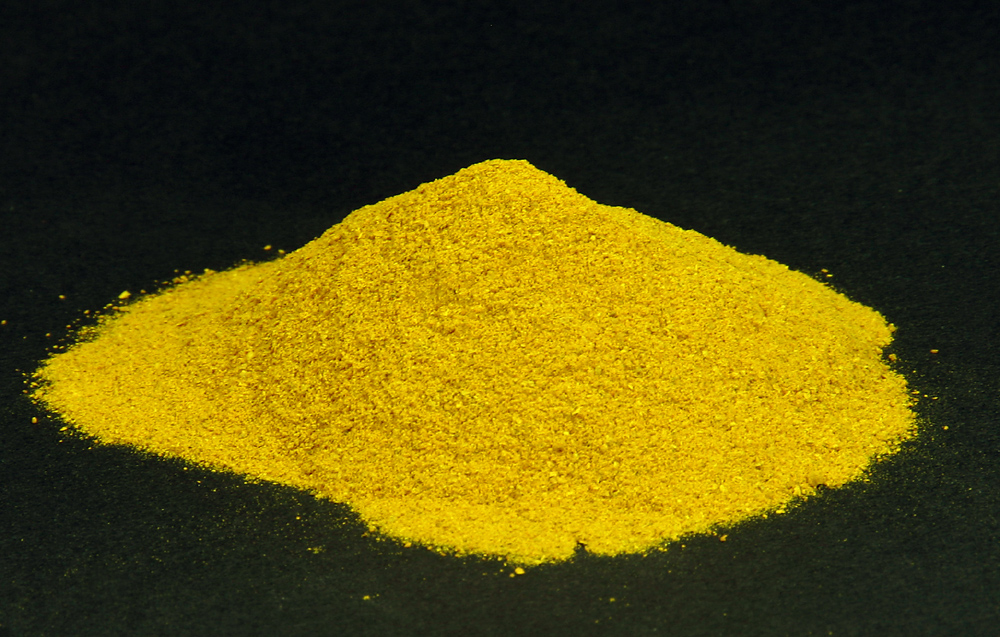Home // Agriculture
Curcumin enhances disease resistance in aquaculture
06/09/2018 // Ralph Flores // Views
Tags: Aeromonas hydrophila, antibiotic use in farms, aquaculture, catfish, curcumin, disease resistance, fish diets, fish farms, immunity

- To test their hypothesis, researchers grouped two-year-old catfish (Ictalurus punctatus) into three. The treatment groups, which have 10 fish each, were divided into the control (which were not supplemented with curcumin) and the experiment groups (which received either 0.5 or 1 percent of curcumin in their diets).
- The fish were then measured for body weight and length at the beginning of the study and at 20-day intervals afterward. On the 60th day, researchers collected blood samples from nine fish from each group.
- The fish were then exposed to Aeromonas hydrophila, with researchers injecting it into their body cavities. The fish were then observed for seven days, taking note of morbidity and mortality.
- Based on the results, fish supplemented with curcumin were heavier and longer than the control. From the blood samples, they also had lower levels of both interleukin-4 (IL-4) and interleukin-12 (IL-12).
- The fish that had curcumin also improved their survivability after being exposed to A. hydrophila, with only a 22 percent mortality for those supplemented with one percent curcumin. In comparison, those in the control group had a 100 percent mortality rate after exposure.
With these findings, researchers concluded that curcumin is able to improve disease resistance in catfish.
Find the full text of the study at this link.
Journal Reference:
Hafiz S, Srivastava KK, Newton JC, Samaha H, Hassan A, Reddy G. EFFICACY OF CURCUMIN AS AN IMMUNOSTIMULATORY DIETARY SUPPLEMENT FOR CHANNEL CATFISH. American Journal of Animal and Veterinary Sciences. 2017;12(1):1–7. DOI: 10.3844/ajavsp.2017.1.7
Related Topics
Aeromonas hydrophila antibiotic use in farms aquaculture catfish curcumin disease resistance fish diets fish farms immunityLatest News
Related News
06/13/2018 / By Ralph Flores
Take Action:
Support Natural News by linking to this article from your website.
Permalink to this article:
Copy
Embed article link:
Copy
Reprinting this article:
Non-commercial use is permitted with credit to NaturalNews.com (including a clickable link).
Please contact us for more information.
Please contact us for more information.
















